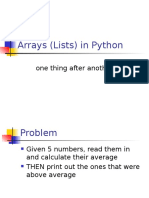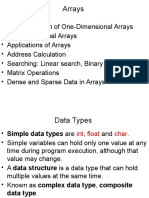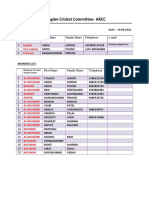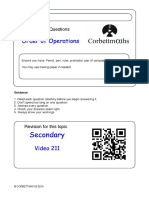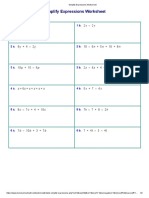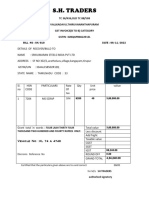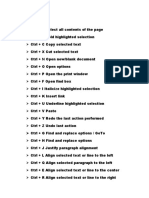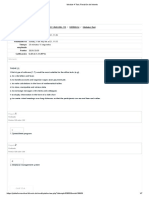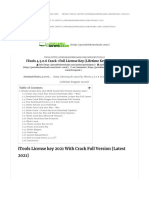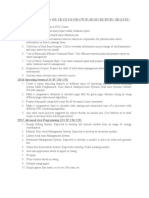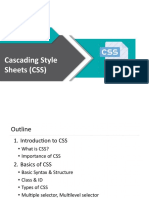0% found this document useful (0 votes)
32 views12 pagesAlgorithm Design
The document explains the concept and creation of trace tables, which are used to document the execution of algorithms for debugging and understanding code behavior. It also describes the linear search algorithm, detailing its steps and providing examples of its implementation in Python. Trace tables are beneficial for visualizing algorithms, identifying errors, and documenting complex code.
Uploaded by
anishCopyright
© © All Rights Reserved
We take content rights seriously. If you suspect this is your content, claim it here.
Available Formats
Download as PPTX, PDF, TXT or read online on Scribd
0% found this document useful (0 votes)
32 views12 pagesAlgorithm Design
The document explains the concept and creation of trace tables, which are used to document the execution of algorithms for debugging and understanding code behavior. It also describes the linear search algorithm, detailing its steps and providing examples of its implementation in Python. Trace tables are beneficial for visualizing algorithms, identifying errors, and documenting complex code.
Uploaded by
anishCopyright
© © All Rights Reserved
We take content rights seriously. If you suspect this is your content, claim it here.
Available Formats
Download as PPTX, PDF, TXT or read online on Scribd
/ 12





















